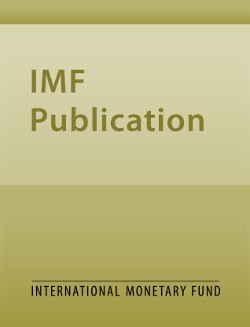
Modeling Trade Tensions: Different Mechanisms in General Equilibrium
Modeling Trade Tensions: Different Mechanisms in General Equilibrium
READ MORE...
Volume/Issue:
Volume 2020
Issue 279
Publication date: December 2020
ISBN: 9781513561615
$18.00
Add to Cart by clicking price of the language and format you'd like to purchase
Available Languages and Formats
| English |
Prices in red indicate formats that are not yet available but are forthcoming.
Topics covered in this book
This title contains information about the following subjects.
Click on a subject if you would like to see other titles with the same subjects.
Economics- Macroeconomics , International - Economics , Trade policy , trade elasticity , Nominal and real rigidities , general equilibrium
Summary
In this paper, we investigate the mechanisms through which import tariffs impact the macroeconomy in two large scale workhorse models used for quantitative policy analysis: a computational general equilibrium (CGE) model (Purdue University GTAP model) and a multi-country dynamic stochastic general equilibrium (DSGE) model (IMF GIMF model). The quantitative effects of an increase in tariffs reflect different mechanisms at work. Like other models in the trade literature, in GTAP higher tariffs generate a loss in terms of output arising from an inefficient reallocation of resources between sectors. In GIMF instead, as in other DSGE models, tariffs act as a disincentive to factor utilization. We show that the two models/channels can be broadly interpreted as capturing the impact of tariffs on different components of a country’s aggregate production function: aggregate productivity (GTAP) and factor supply/utilization (GIMF). We discuss ways to combine the estimates from these two models to provide a more complete assessment of the macro effects of tariffs.
Copyright © 2010 - 2024
Powered by:
AIDC



